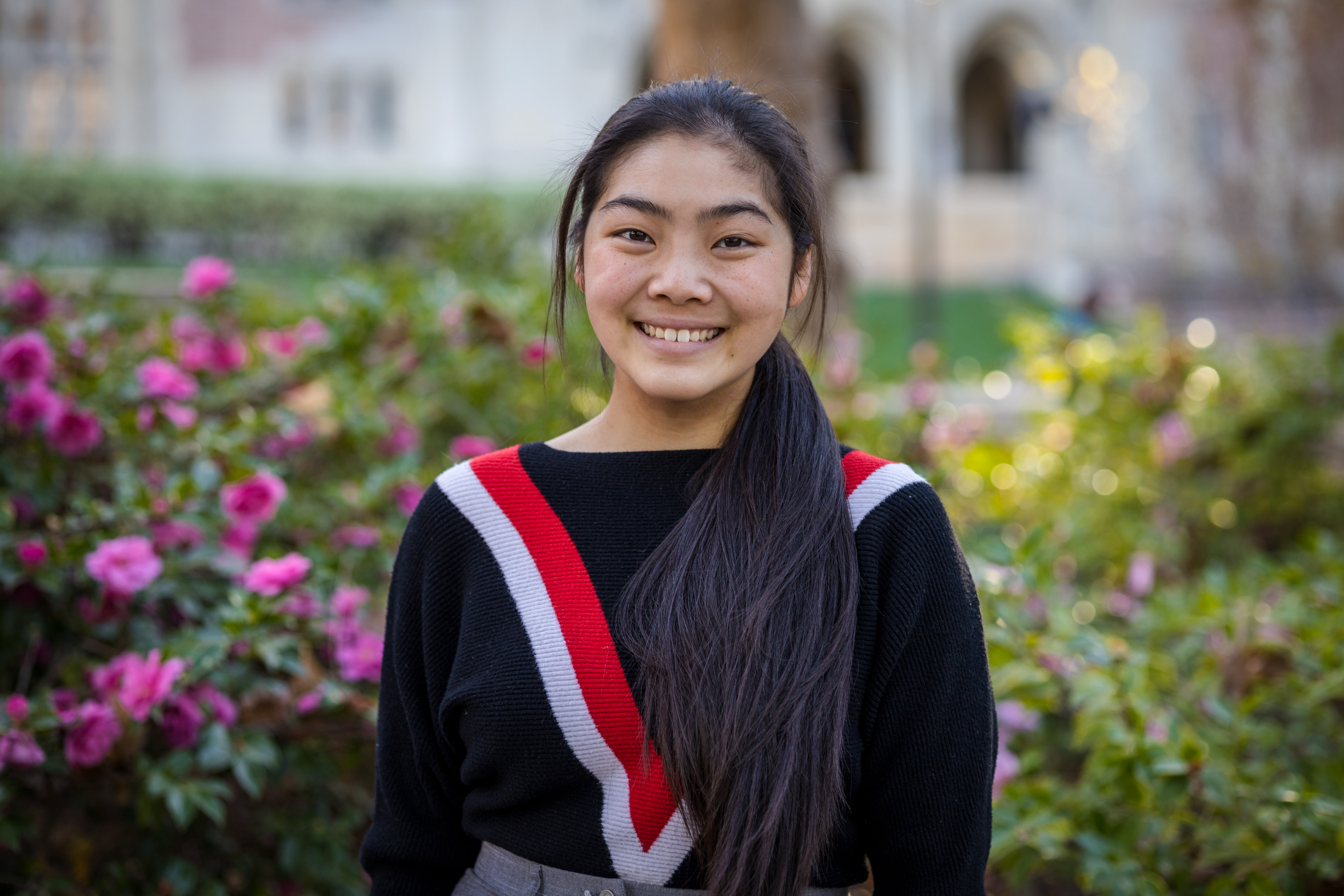Below is a summary of the abstract you submitted. Presenting author(s) is shown in bold.
If any changes need to be made, you can modify the abstract or change the authors.
You can also download a .docx version of this abstract.
If there are any problems, please email Dan at dar78@pitt.edu and he'll take care of them!
This abstract was last modified on March 18, 2024 at 8:46 p.m..

Of the 498 sequenced bacteriophages isolated on Arthrobacter soil bacteria, 65 of them are in Cluster AZ. Due to the recent increase in isolated and sequenced AZ phages and the cluster's division into four subclusters, this study aims to understand the genome characteristics and relationships of the subclusters, considering host impact. The research was conducted by comparing AZ phage genomes to determine nucleotide and protein function similarities and differences through gene content similarity (GCS) analysis and amino acid analysis. Experimental results demonstrated additional nucleotide and protein function similarity in phages with shared hosts and subclusters. The research uncovered that the capsid maturation and VIP2-like ADP-ribosyltransferase toxin protein was almost exclusively found in AZ1 phages. The research included a phage with an unknown host, Tweety19 in AZ3. Although the isolation host has yet to be confirmed, it is most likely to be the same host and strain as phage Crewmate in AZ1 because they share the exact same minor tail protein pham numbers (despite limited nucleotide similarity), and minor tail proteins are often involved in host recognition. The various fourth minor tail protein phams, determined based on conserved amino acid sequences of a gene, correspond to unique bacterial hosts and strains. Based on these results, the fourth minor tail protein shows promise in determining isolation host specificity for AZ phages. These findings provide a baseline for further investigation into unique proteins or genome structure of phages impacted by isolation hosts and offer insight into an alternative method to determining isolation hosts without involving laboratory techniques.



